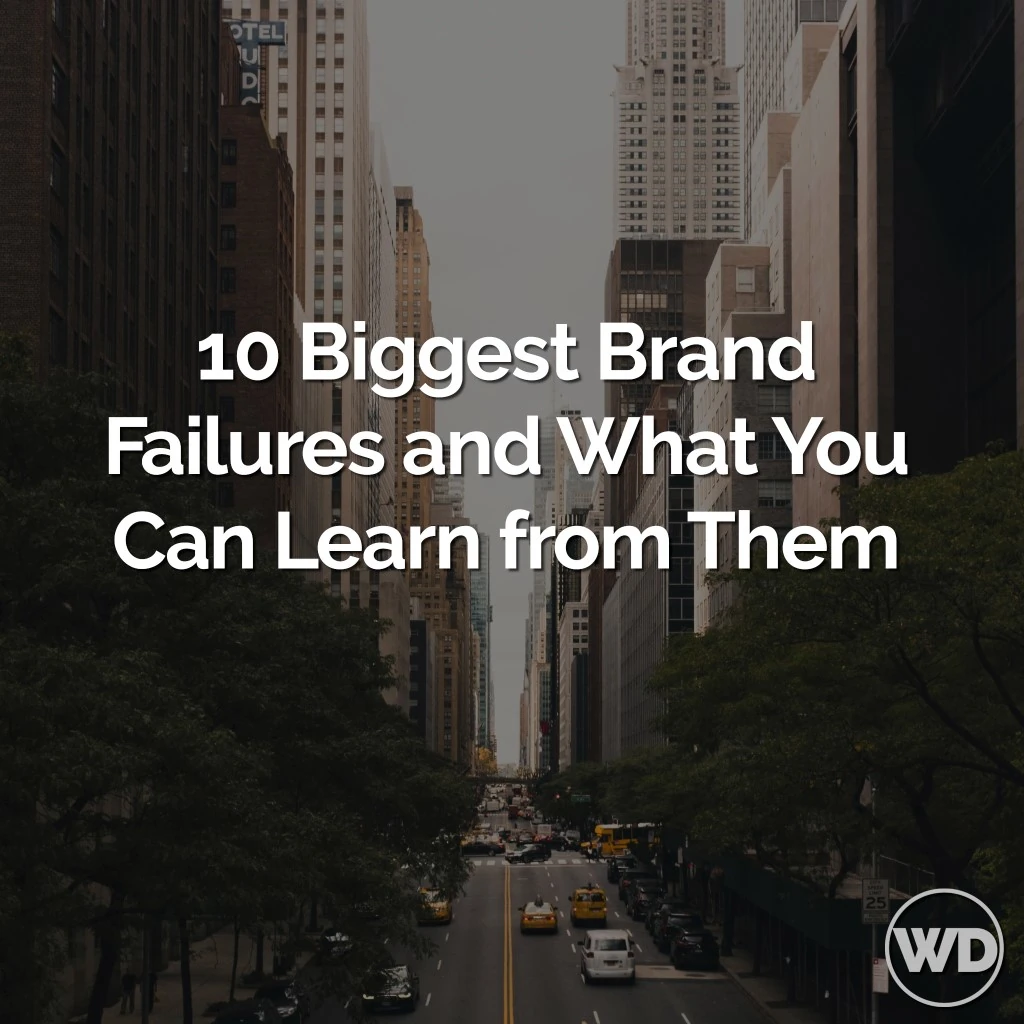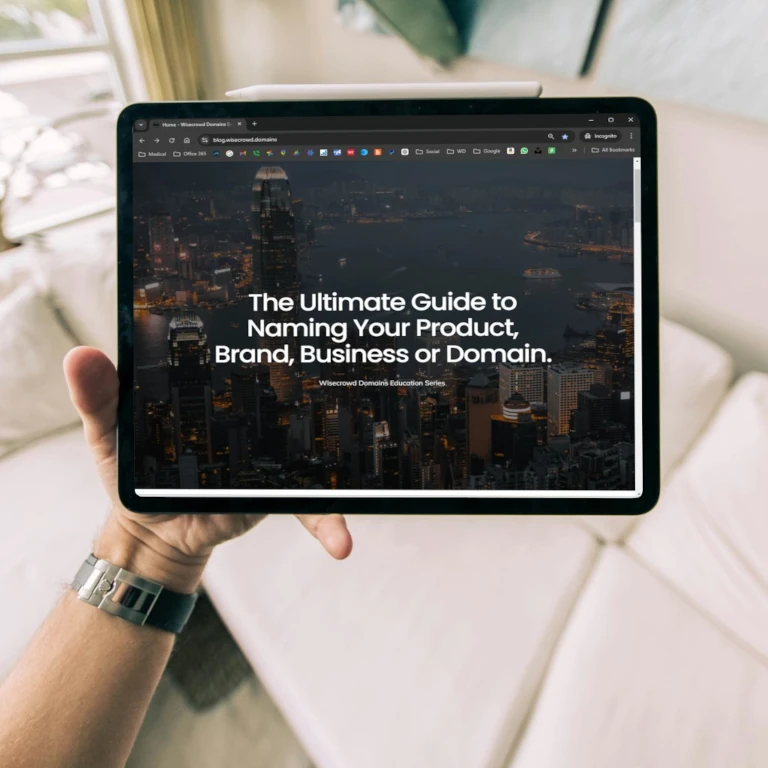Building a brand is a balancing act of vision, strategy, and a bit of good fortune. Even the biggest names have had missteps that ended in colossal brand failures. But here’s the bright side: these high-profile flops offer invaluable lessons for the rest of us. So, let’s take a look at ten infamous brand blunders, dissect what went wrong, and—more importantly—what small business owners and senior managers can learn to avoid making the same mistakes.
1. New Coke – When Classic Outshines the New
In 1985, Coca-Cola thought they’d nailed it. In a move that shocked the world, they replaced their beloved original formula with “New Coke.” The public backlash was swift and brutal, as loyal fans staged protests and flooded Coca-Cola with complaints, all for the love of the classic Coke taste. Within just three months, the company scrapped New Coke and returned to the original formula, rebranding it as “Coca-Cola Classic.”
Lesson Learned
When you’ve got a loyal customer base, tread lightly with drastic changes. For small businesses, this is a reminder to appreciate what already works. Understand your customers’ attachment to your brand before you change anything fundamental. Don’t fix what isn’t broken, and if you’re testing new ideas, consider smaller, less risky rollouts before a complete overhaul.

2. Pepsi’s Kendall Jenner Ad – The Perils of Misjudging Social Issues
In 2017, Pepsi released an ad starring Kendall Jenner that attempted to align with social justice themes. Instead, it was widely condemned for trivializing protests and social justice movements. The public viewed it as out-of-touch and tone-deaf, leading Pepsi to pull the ad within 24 hours and issue a public apology.
Lesson Learned
If you’re going to take a stand on social issues, make sure it’s authentic and respectful. Social responsibility should be more than a marketing gimmick. For small businesses, this means aligning with causes you genuinely support and understand. Authenticity is key; if your message isn’t rooted in real support, it will likely backfire.

3. McDonald’s Arch Deluxe – Sometimes, Less is More
In the mid-90s, McDonald’s decided it needed a “fancy” burger for grown-ups, launching the Arch Deluxe. The product was heavily marketed, but customers didn’t buy into the idea. The Arch Deluxe cost McDonald’s over $300 million and ultimately flopped because consumers preferred the familiar menu.
Lesson Learned
Know your customer base and don’t try to over-complicate your offerings. For small businesses, remember: you don’t always have to diversify or go upscale. Instead, focus on delivering quality in what you’re already good at. If your brand is loved for its simplicity, keep it that way.

4. Colgate Kitchen Entrees – Brand Extensions Gone Awry
When Colgate launched a line of frozen meals in the 1980s, it left people scratching their heads. A brand known for toothpaste and oral hygiene had no business stepping into the frozen food aisle. Customers couldn’t quite reconcile their association with “fresh breath” with a “frozen lasagna.”
Lesson Learned
Not all brand extensions are a good idea. Stick to what you know, and don’t stretch your brand identity too far from its core. For small businesses, this means avoiding ventures that don’t align with your brand’s established reputation. Just because you can diversify doesn’t mean you should.

5. Gap’s Logo Redesign – The Danger of an Identity Crisis
In 2010, Gap unveiled a new logo to replace its iconic blue box. The backlash was immediate, and Gap quickly reverted to the original after just one week. The sudden change without warning or reason left customers confused and unimpressed.
Lesson Learned
Your logo is often the first impression of your brand. Don’t make drastic changes without involving your audience or explaining your reasons. For small business owners, this means taking a more gradual approach to rebranding and getting customer feedback along the way. Consistency is a powerful part of branding.

6. Heinz EZ Squirt Ketchup – Gimmicks Can Fall Flat
Heinz’s “EZ Squirt” ketchup in colors like green and purple aimed to appeal to kids in the early 2000s. While the novelty initially sparked curiosity, it didn’t last. Kids grew tired of the novelty, and parents weren’t keen on buying neon-colored condiments.
Lesson Learned
Gimmicks can generate temporary buzz, but they rarely lead to lasting success. For small businesses, it’s essential to distinguish between fun, limited-time novelties and long-term branding. Test the waters with limited runs and gauge customer reaction before going all-in on a gimmick.

7. Ford Edsel – Misreading Market Demand
In 1957, Ford launched the Edsel, a car they were sure would be a hit. However, it was overhyped, overpriced, and ultimately failed to resonate with consumers. The Edsel is often cited as one of the biggest flops in automotive history, costing Ford millions.
Lesson Learned
Hype alone won’t drive sales—market research is crucial. For small businesses, this means understanding your target audience’s needs and preferences before launching a new product. Don’t assume demand without validation. Conduct surveys, focus groups, or even trial launches to gauge interest.

8. Hoverboards – Failing to Prioritize Safety
In 2015, hoverboards became a holiday craze. However, many models had battery issues, leading to fires and recalls. The craze quickly turned into a PR nightmare, with the product being banned from airlines and other public spaces.
Lesson Learned
Quality and safety should always come first, especially with new products. For small businesses, prioritizing product quality and safety testing over rushing to market can save you from potential disaster. Take the time to vet suppliers and products thoroughly before going live.

9. Blackberry – Refusing to Adapt
Once a smartphone giant, Blackberry was slow to adapt to touchscreens and app-focused platforms like iOS and Android. Their reluctance to embrace change led to a rapid loss of market share, and Blackberry went from leading the market to barely surviving.
Lesson Learned
Adaptability is key in a fast-paced industry. For small business owners, staying ahead of industry trends and embracing innovation when necessary is crucial to maintaining relevance. Don’t get too attached to “how things have always been.”

10. MoviePass – A Model of Unsustainable Growth
MoviePass gained massive popularity with its “unlimited movies for $10 a month” subscription. The problem? It was financially unsustainable. Within a year, the company faced massive losses and constant service interruptions, eventually going under.
Lesson Learned
Sustainable growth is critical to long-term success. For small businesses, this means avoiding growth-at-all-costs strategies that aren’t financially viable. Focus on creating a steady, profitable model that can scale gradually rather than one that overextends and collapses.

Final Takeaways for Small Business Owners
These brand fails are rich with lessons. If there’s one thing we can learn from them, it’s that even the big players make mistakes. But where they fell short, you can excel by following these guiding principles:
01
VALUES
Stay True to Your Brand
Customers love consistency. If your product or service is working, don’t feel pressured to change for change’s sake.
02
TEST
Test the Waters
Don’t assume your next big idea will be a hit—validate it. Pilot programs, focus groups, and surveys can reveal valuable insights about what customers actually want.
03
SAFETY FIRST
Prioritize Quality and Safety
No amount of marketing will save a faulty product. Quality control is non-negotiable, especially for new products.
04
ADAPT
Be Adaptable but Cautious
Embrace industry trends, but don’t sacrifice your core values in the process. Successful innovation balances adaptation with brand integrity.
04
SUSTAIN
Sustainability Over Hype
While grand offers can attract attention, make sure they’re built on a solid financial foundation. Focus on growing sustainably and delivering consistent value.
By keeping these lessons in mind, you’re setting yourself up for steady, sustainable growth and helping your brand avoid some of the common pitfalls that even the biggest companies have fallen into. After all, the best mistakes to learn from are someone else’s.
This article is crafted to both educate and entertain small business owners and senior managers, blending actionable insights with memorable examples.
All product and company names mentioned in this article are trademarks ™ or registered ® trademarks of their respective owners. Their use does not imply affiliation or endorsement by Wisecrowd, Inc. or any of it’s affiliates.


